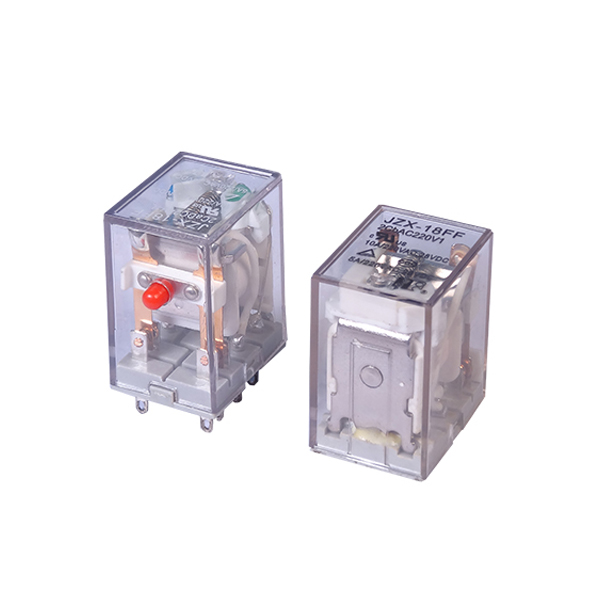Electromechanical vs. Solid-State General Purpose Relays for Heavy Power Switching: A Comparative Analysis
2024-04-09
Introduction:
General Purpose Relays for Heavy Power Switching play a crucial role in controlling high-power loads in electrical systems. Two main types of relays dominate the market: electromechanical and solid-state relays. Understanding the differences between these relay types and knowing when to choose each one is essential for designing reliable and efficient electrical systems. In this blog, we'll delve into the distinctions between electromechanical and solid-state relays, along with their respective advantages and ideal applications.
Electromechanical Relays:
Electromechanical relays, also known as mechanical relays, operate using electromagnetic principles to control the switching of electrical circuits. They consist of a coil, armature, and contacts, which move mechanically to make or break electrical connections.
Advantages of Electromechanical Relays:
1. Robustness: Electromechanical relays are known for their rugged construction and ability to handle high-power loads, making them suitable for heavy-duty applications.
2. Versatility: They can switch various types of loads, including resistive, inductive, and capacitive loads, with ease.
3. Low Cost: Electromechanical relays are typically more cost-effective than solid-state relays, making them an economical choice for many applications.
4. Fail-Safe Operation: In the event of power loss or failure, electromechanical relays default to their open or closed state, ensuring fail-safe operation.
Disadvantages of Electromechanical Relays:
1. Mechanical Wear: The moving parts in electromechanical relays, such as contacts and armatures, are subject to mechanical wear over time, leading to eventual failure.
2. Slow Switching Speed: Electromechanical relays have inherent mechanical delays due to the movement of components, resulting in slower switching speeds compared to solid-state relays.
3. Limited Lifetime: Electromechanical relays have a finite lifespan determined by the number of switching cycles they can endure before failure occurs.
Ideal Applications for Electromechanical Relays:
- Industrial Machinery
- Power Distribution Systems
- HVAC Systems
- Electric Vehicle Charging Stations
- Renewable Energy Systems
Solid-State Relays:
Solid-state relays (SSRs) utilize semiconductor devices such as thyristors or MOSFETs to perform switching operations without any moving parts. They rely on electronic control signals to switch the output circuit on or off.
Advantages of Solid-State Relays:
1. Fast Switching Speed: Solid-state relays offer rapid switching speeds, allowing for precise control and response in high-frequency applications.
2. Silent Operation: Since there are no moving parts, solid-state relays operate silently and without the mechanical noise associated with electromechanical relays.
3. Long Lifespan: Solid-state relays have a longer operational lifespan compared to electromechanical relays due to the absence of mechanical wear.
4. High Isolation: Solid-state relays provide excellent electrical isolation between input and output circuits, enhancing safety and minimizing the risk of electrical hazards.
Disadvantages of Solid-State Relays:
1. Heat Dissipation: Solid-state relays generate heat during operation, requiring adequate thermal management to prevent overheating and ensure reliability.
2. Voltage and Current Limitations: Solid-state relays have voltage and current limitations imposed by the semiconductor devices used, which may restrict their use in certain high-power applications.
3. Cost: Solid-state relays are typically more expensive than electromechanical relays, which may impact their cost-effectiveness in some applications.
Ideal Applications for Solid-State Relays:
- Motor Control
- Lighting Control
- Heating Systems
- Precision Instrumentation
- Medical Equipment
Conclusion:
In conclusion, electromechanical and solid-state relays offer distinct advantages and are suited for different applications based on their characteristics and performance. Electromechanical relays excel in robustness, versatility, and cost-effectiveness, making them ideal for heavy-duty industrial applications. On the other hand, solid-state relays offer fast switching speeds, long lifespan, and silent operation, making them suitable for high-frequency and precision control applications. By understanding the differences between these relay types and their optimal applications, engineers and designers can make informed decisions to ensure reliable and efficient operation in diverse electrical systems.



